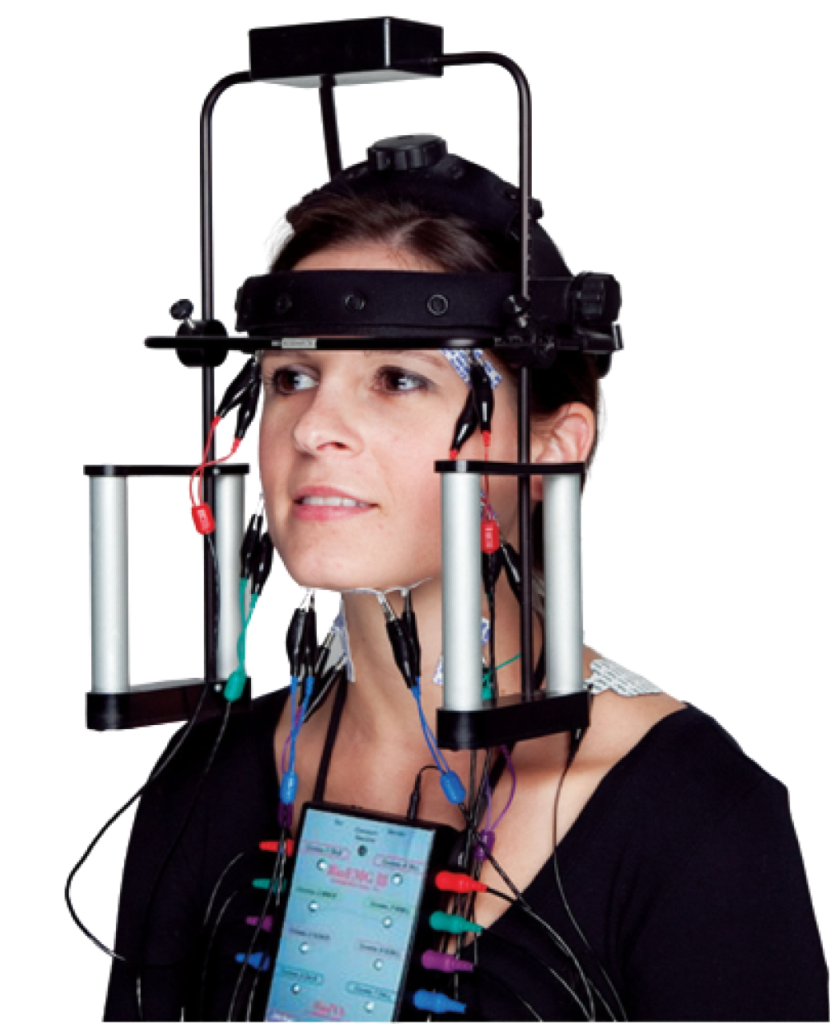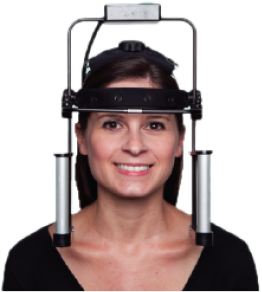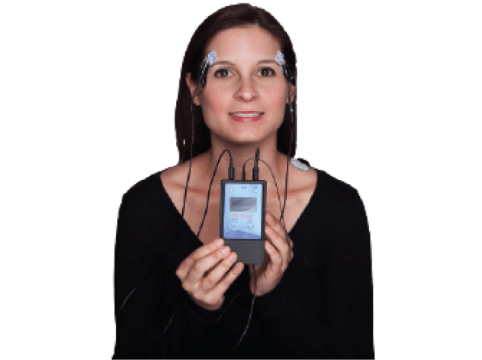


Using EMG allows for identifying improper muscle function over a period of time. Proper muscle function ensures the long term stability of the dental work.

Patients’ View Compliance and case acceptance. Surface
EMG is the worldwide standard method for recording musclespecific activity in skeletal muscles. It has been proven reliable in numerous studies over many years and is a clinical procedure that can be performed in any dental office. This information is invaluable to the clinician who hopes to create
beautiful dentistry that works with the patient’s physiology
for optimum results.





M-SCAN incorporates an intuitive display that is extremely fast and easy to interpret compared with conventional electromyography that must be connected to a computer. Patient functional acts are listed on the internal display. With M-Scan you can quickly and easily compare bilateral muscles for symmetry of function. The M-Scan shows not only the microvolt levels for each muscle contraction, but also the difference between the left and right sides.




